Education is the cornerstone of human development, shaping societies and fostering economic growth. However, access to quality education remains a global challenge, with disparities evident across regions. According to UNESCO, approximately 244 million children and youth worldwide are out of school, with sub-Saharan Africa accounting for a significant 98 million of these numbers as of 2023. This stark figure underscores the urgent need to address systemic issues within the African education system, where challenges such as limited resources, infrastructure gaps, and teacher shortages coexist with the resilience and potential of millions of learners.
This blog explores the current state of the African education system, delving into its challenges and examining innovative strategies employed to bridge the education gap. Furthermore, it highlights the role of technology and global collaborations in fostering an inclusive and equitable educational landscape across the continent.
 (1).jpg)
Current Challenges in the African Education System
The African education system faces several systemic challenges, which include:
Access to Education: Over 32 million primary-school-aged children in sub-Saharan Africa are out of school, representing 40% of the global total. Geographic, economic, and cultural barriers significantly hinder access, especially for girls and children in rural areas.
Quality of Education: Limited teacher training and inadequate teaching materials affect learning outcomes. For instance, the World Bank estimates that only 20% of teachers in sub-Saharan Africa meet minimum competency levels in both literacy and numeracy. Classrooms are often overcrowded, with pupil-to-teacher ratios exceeding 40:1 in many countries.
Infrastructure Deficiencies: A lack of basic facilities such as electricity, safe drinking water, and proper sanitation impacts students' learning environment. More than half of schools in sub-Saharan Africa do not have access to electricity, hampering the integration of modern teaching tools.
Economic Constraints: High levels of poverty force many children to drop out of school to support their families, perpetuating cycles of low literacy and economic inequality.
Innovative Solutions and Emerging Opportunities
 (1).jpg)
Despite these challenges, numerous initiatives and innovations are making significant strides toward transforming education in Africa.
Technology-Driven Education: Mobile learning platforms and low-cost tablets provide access to digital educational resources. For example, the "One Laptop per Child" initiative equips students in underserved communities with affordable technology. E-learning platforms like Eneza Education have reached millions of students through SMS-based learning in Kenya, Ghana, and other countries.
Public-Private Partnerships (PPPs): Collaborative efforts between governments, NGOs, and private entities drive investments in education infrastructure. For instance, the Global Partnership for Education (GPE) has mobilized over $5 billion for African countries since its inception.
Community-Led Solutions: Localized approaches, such as building community schools and incentivizing parents to send their children to school, effectively address context-specific challenges.
Focus on Vocational and Technical Training: Emphasizing skill-based education tailored to regional economic needs is helping youth gain employable skills. Programs like the African Union’s Youth Employment Initiative focus on bridging the skills gap.
Gender Equality Initiatives: Organizations like CAMFED (Campaign for Female Education) are working to improve girls' access to education by addressing cultural barriers and providing financial support.
The Role of Global Collaboration
Global efforts and collaborations are pivotal in transforming Africa’s education landscape. The United Nations’ Sustainable Development Goal 4 (SDG 4) aims to ensure inclusive and equitable quality education for all by 2030, specifically focusing on sub-Saharan Africa. Furthermore, international organizations and bilateral donors, such as UNICEF and USAID, support innovative programs and funding educational reforms across the continent.
Conclusion
Despite formidable challenges, the African education system holds immense potential to drive societal transformation. Africa can create an inclusive, equitable, and sustainable education system by leveraging technology, fostering local and international collaborations, and implementing innovative strategies tailored to regional contexts. Achieving this vision is critical for the continent’s future, addressing global educational disparities and fostering worldwide economic and social progress.
CSM’s Admission Management System solves each pain area using technology to enable the colleges and the students. CSM’s Student Academic Management System (SAMS) is an integrated platform that ensures digital oneness through its Omnichannel, digital-first, interactive student onboarding funnels to create an immersive and engaging student experience. The school administration system is a one-stop centralized ICT platform adopted by provincial or national governments to monitor all key parameters and ensure the effective delivery of quality education to all the schools in the jurisdiction.










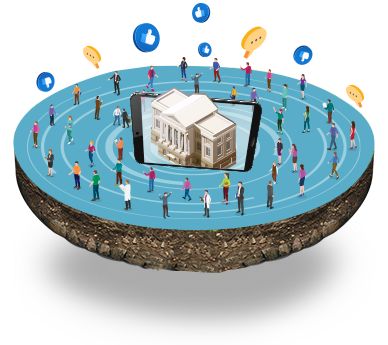
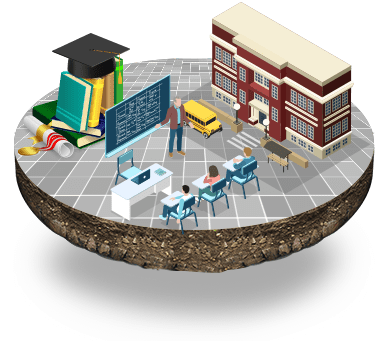

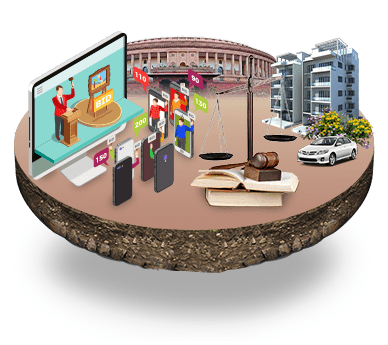









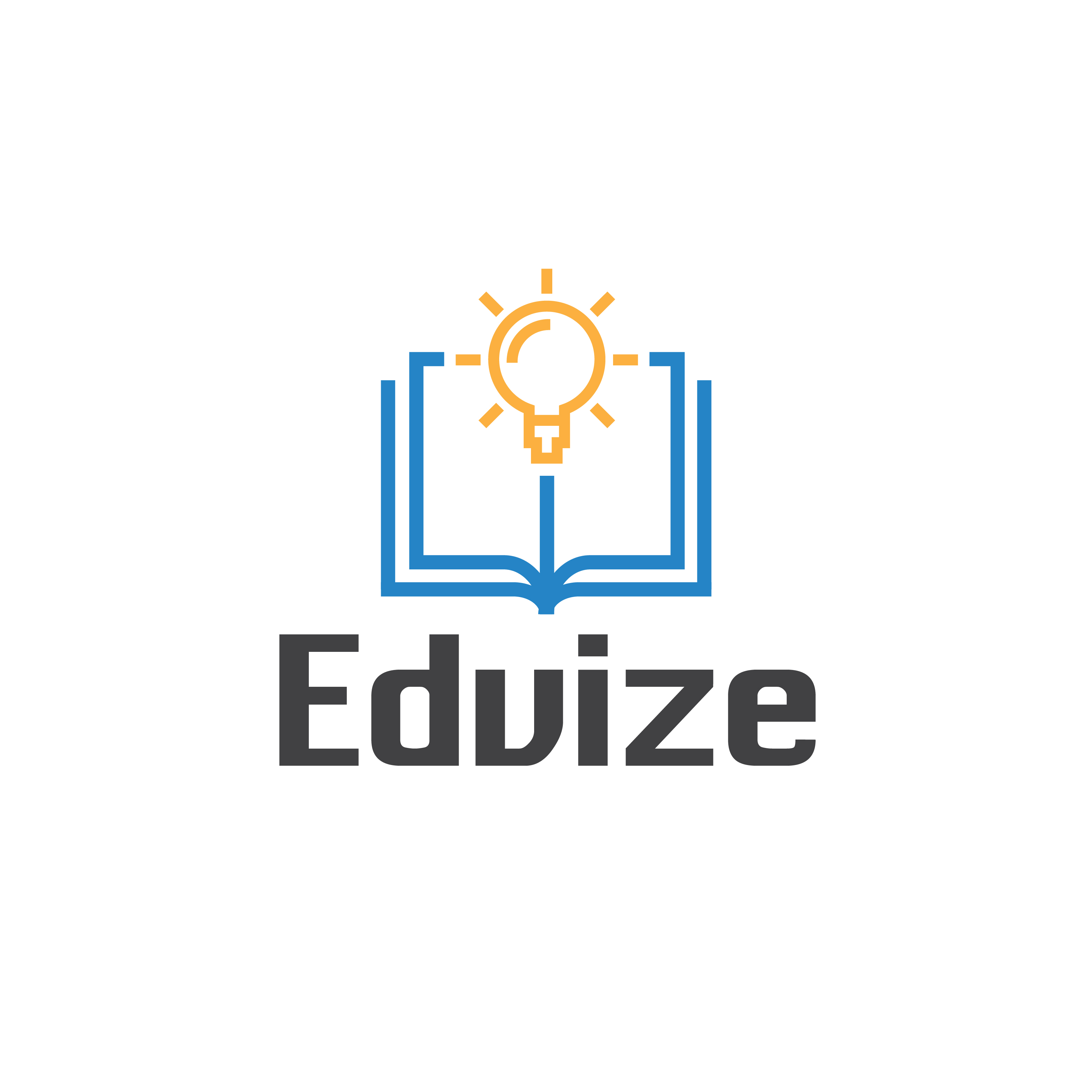

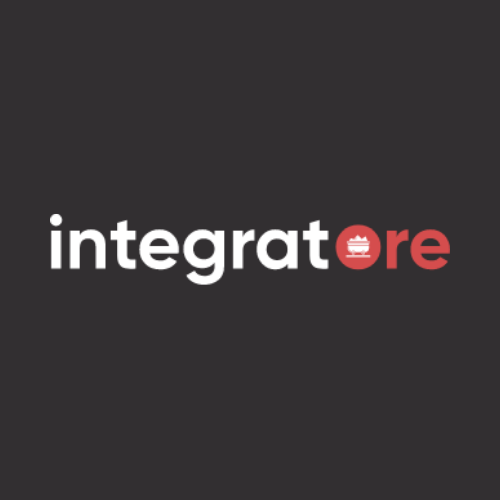
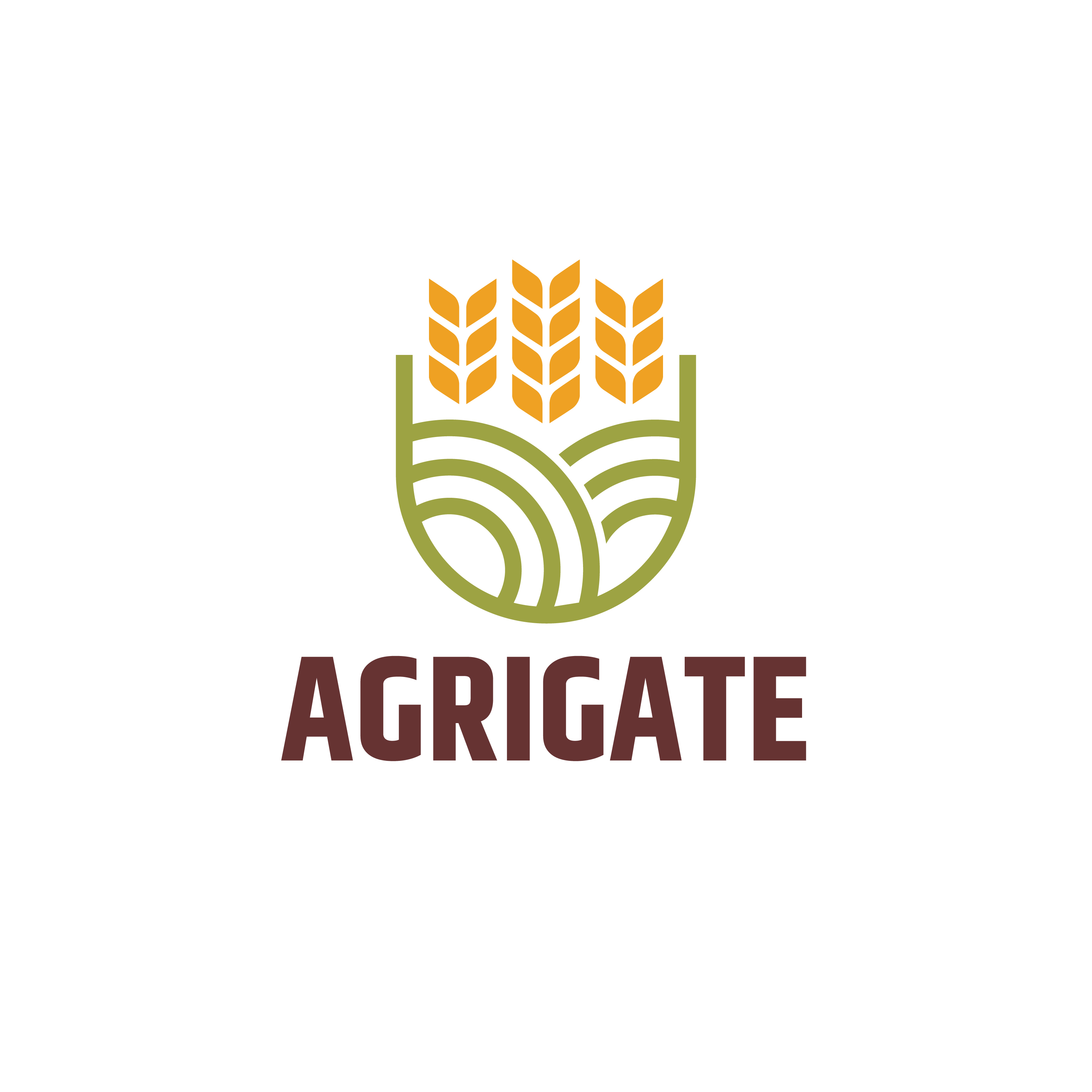

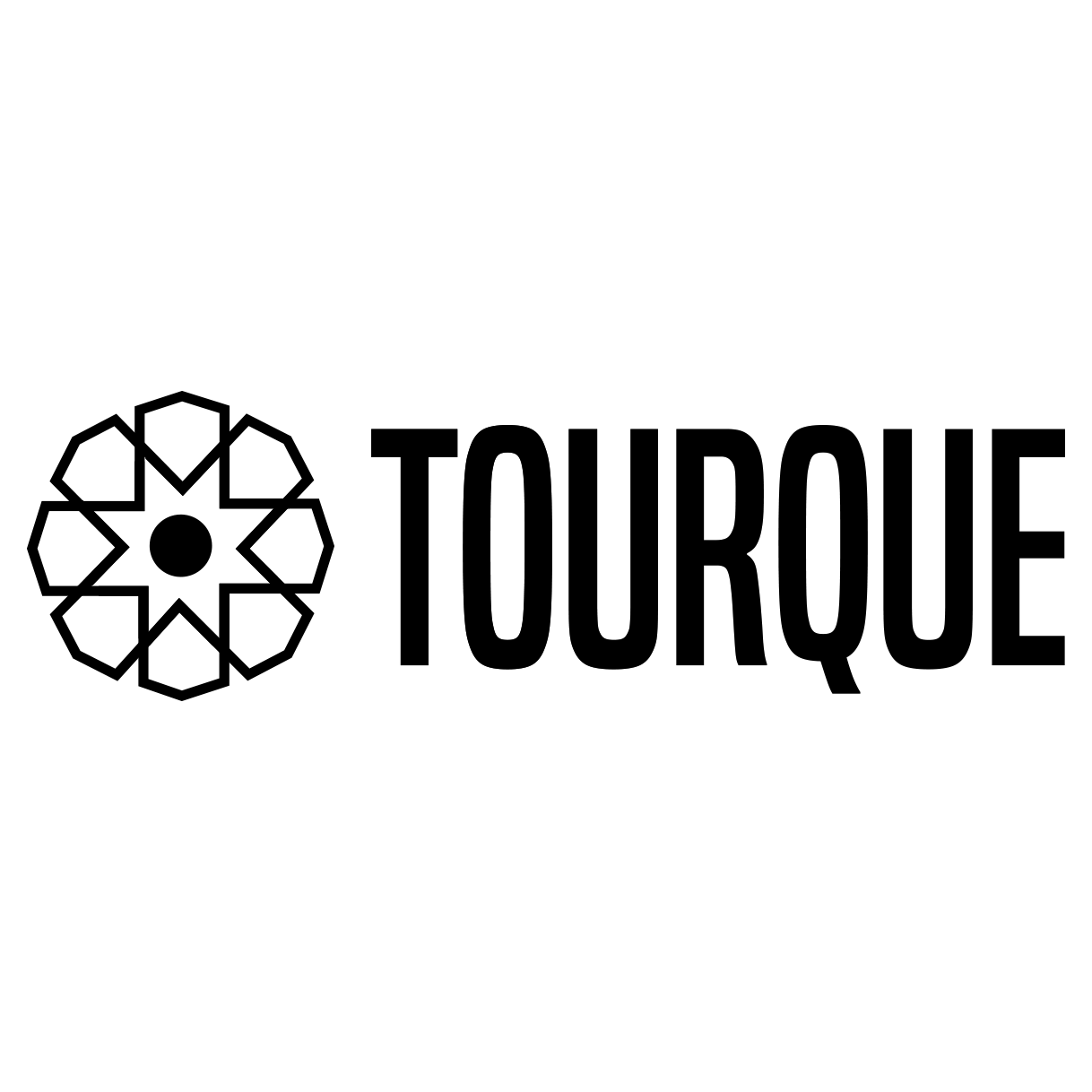






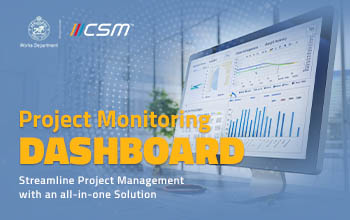

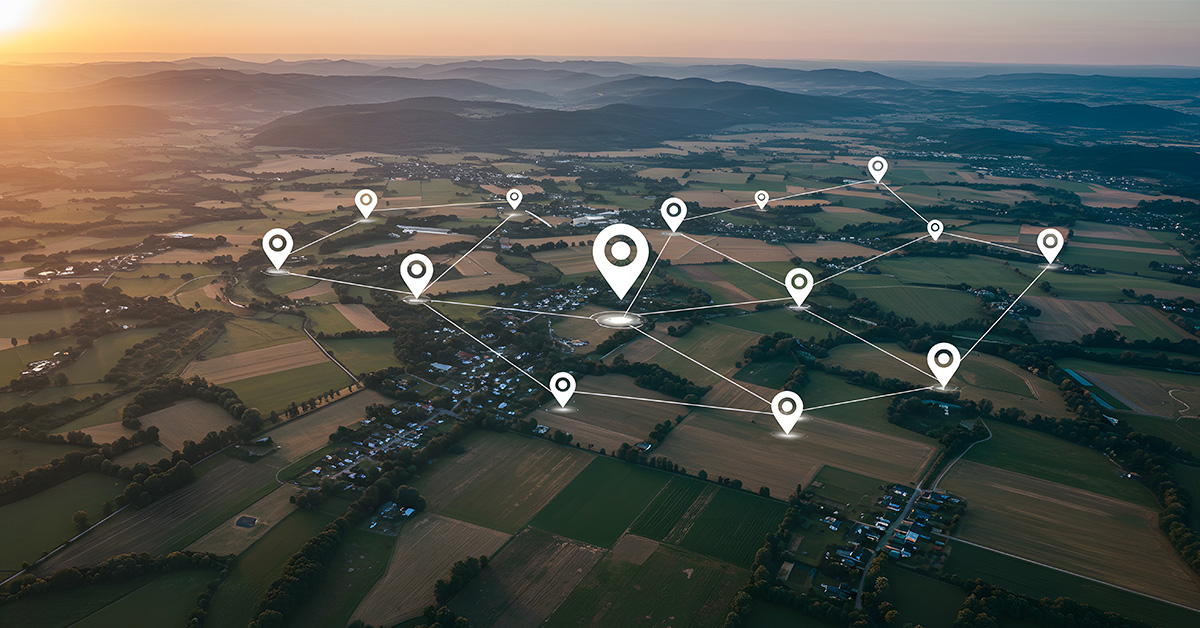











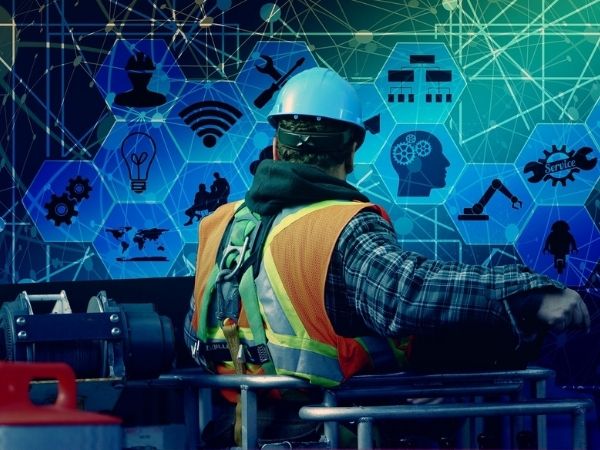





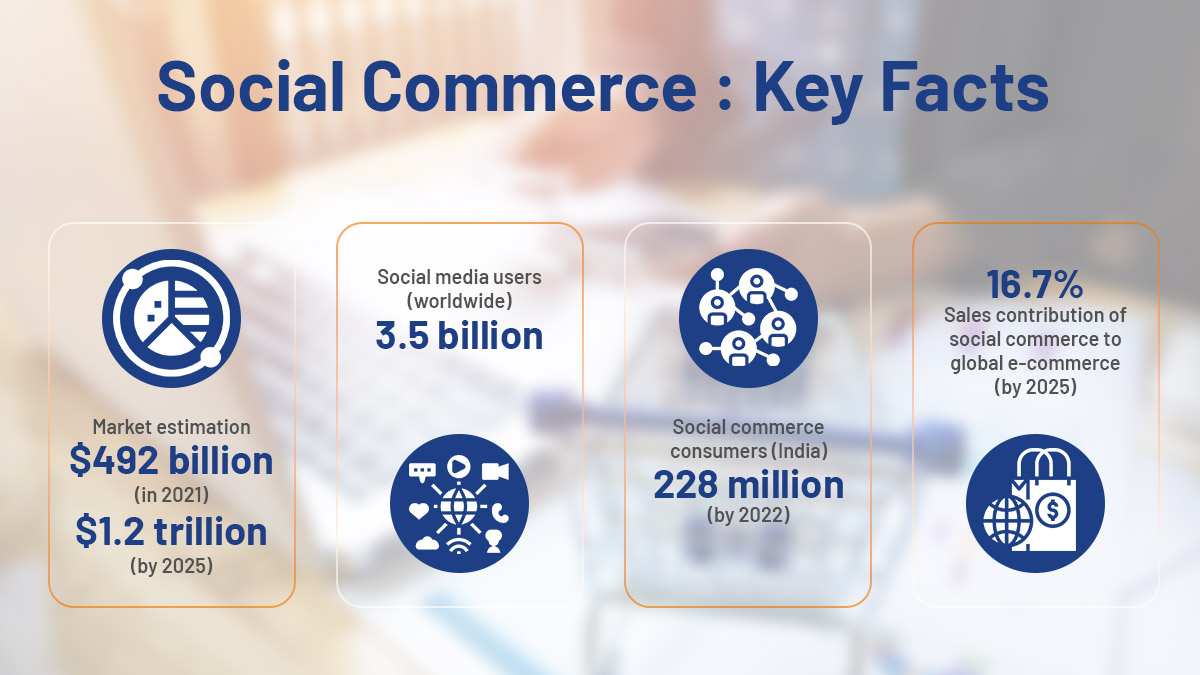


We will verify and publish your comment soon.